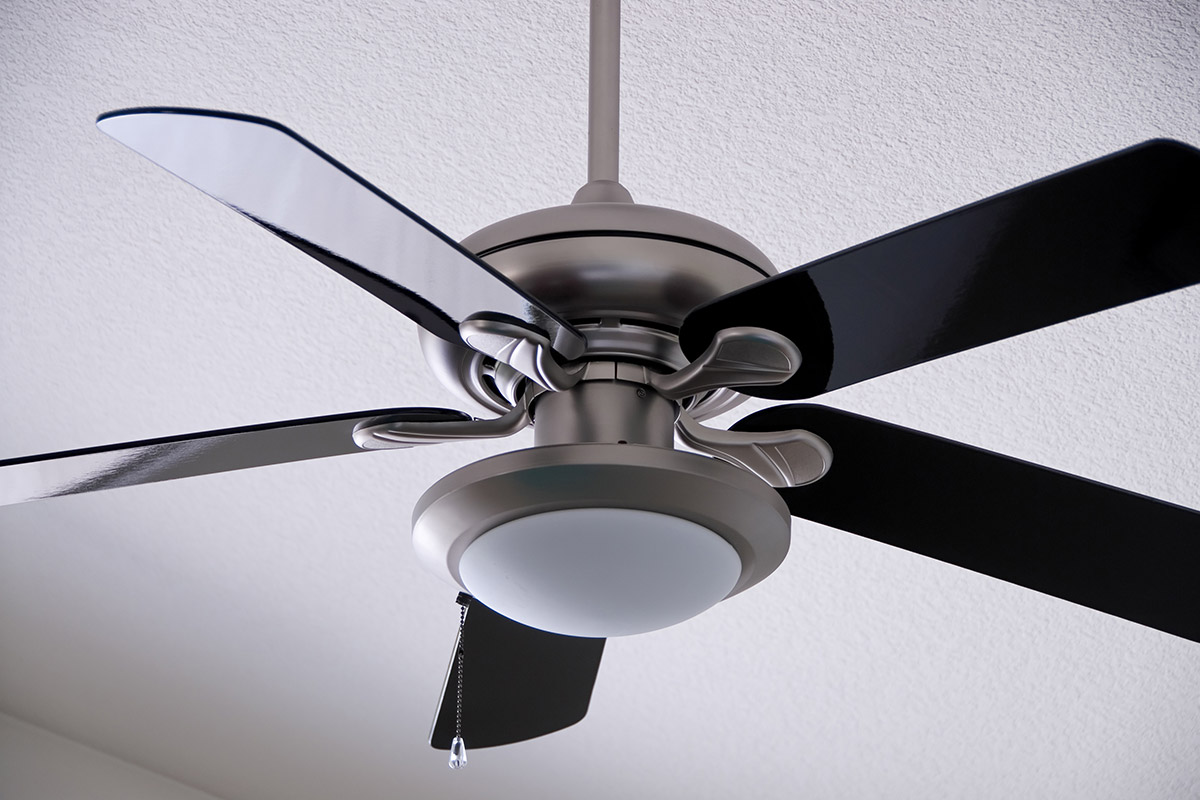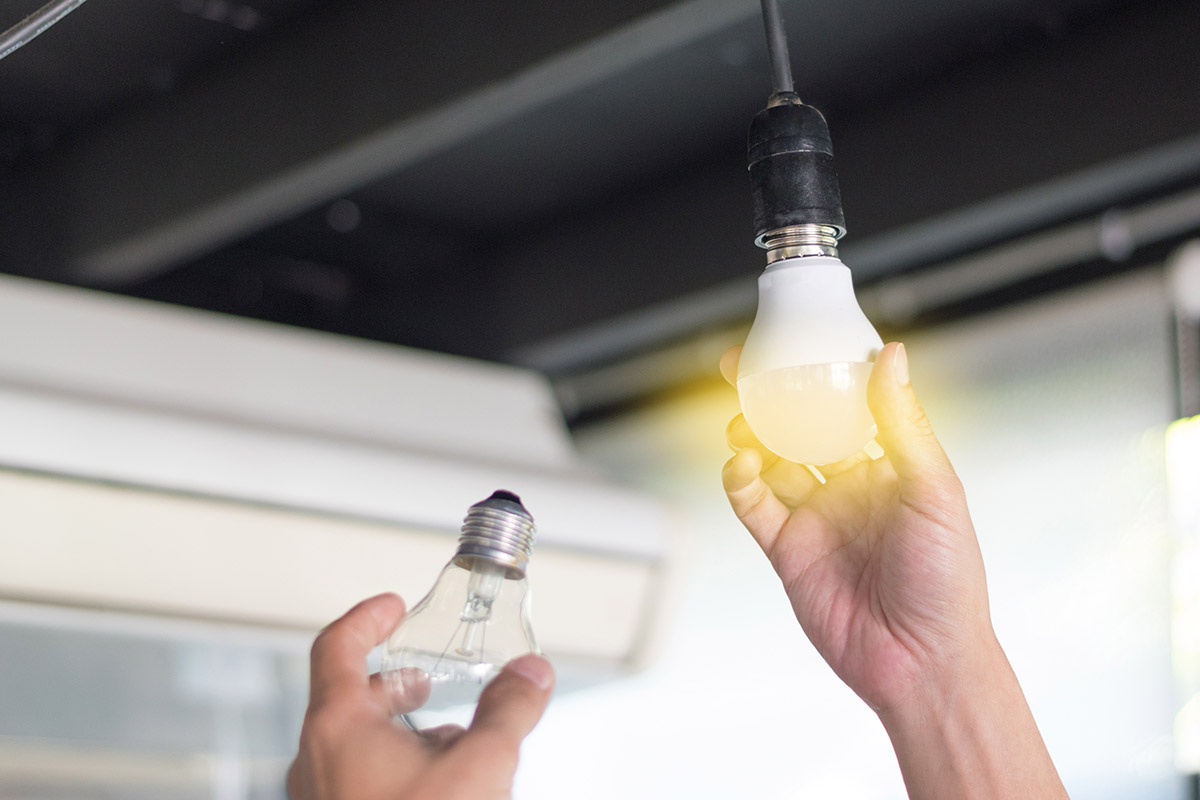Water Heater
Electric water heaters are the number two power user in most homes, accounting for 15-20% of your electricity bill. The average household uses around 3,500 kWh annually to heat water. You can save money by setting your water heater to the recommended temperature of 120°F and by reducing use. Reduce hot water usage by washing clothes in cold water, installing low flow showerheads, and checking for plumbing leaks. Insulating your hot water pipes can reduce heat loss and raise your water temperature. And, if you are replacing your water heater, consider a tankless water heater, which eliminates the heat loss associated with conventional storage water heaters.
Programmable/Wi-Fi Thermostats
Installing a programmable thermostat lets you manage your home HVAC for optimum comfort. Want to make sure that the temperature is adjusted up when you leave every morning? And that it's adjusted down when you are on your way home? A programmable thermostat manages this for you. If you purchase a wi-fi thermostat, you can manage your temperature from your smart phone or tablet, ensuring the perfect temperature when you get home.

|
Ceiling Fans
Ceiling fans are a great way to stay cool even with your thermostat set to a higher temperature. You know how good it feels to catch a cool breeze on a hot summer day? Ceiling fans work by creating a breeze in your room that speeds the evaporation process of perspiration, cooling your skin. Fans don't cool the room, they cool the people in the room – so when you leave the room, turn the ceiling fan off.
|
Light Bulbs
Lowering your energy consumption can be as easy as changing a lightbulb. Lighting accounts for 10-14% of the average household energy bill. Replace your incandescent light bulbs with LEDs in frequently used fixtures around your home. LEDs use less energy, plus they generate less heat than traditional bulbs.
|

|